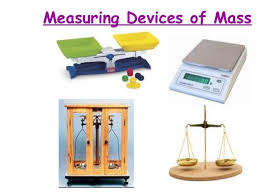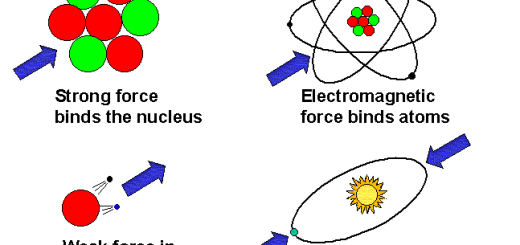The properties and the measuring devices of the mass
The properties of the mass
The mass is the amount of the matter in an object, the mass of any matter is a fixed value, It does not change by changing the state of the matter and the place of the matter, The mass of an object increases when the amount of the matter in it increases and vice versa.
All the matter have the mass whatever their physical states (solids, liquids or gases), All the matter have the mass whatever their shapes (one piece, particles, powder, pure or mixture).
All the matter have the mass whatever their places (in hand, on the moon or any other planet), If you measure the mass of an object on the Earth’s surface, then measure the mass of the same object on the moon’s surface, you will notice that the mass is not changed.
The measuring units of the mass
The mass is measured by the gram, the kilogram or the ton, the ton is used to measure the very big masses, The gram (g) may equal the mass of one paper clip and it is suitable for measuring the small masses such as the jewellery.
The kilogram (kg) equals the mass of one liter of distilled water at the normal temperature, and it is suitable for measuring the large masses as the fruits and the vegetables.
The measuring devices of the mass
The mass is measured by the different types of scales as two-arms scale and one-arm scale, Two-arms scale is divided into the balance scale and the sensitive two-arms scale, The balance scale is used to measure the large masses as the cheese and the vegetables.
The sensitive two-arms scale is used to measure the small masses as the gold and the chemicals, One-arm scale is divided into one-arm digital scale and one-arm scale with a pointer.
The mole, Mass of substance & Avogadro’s number
What are the factors affecting the weight?
The force and some technological applications depend on their motion on the effect of force




